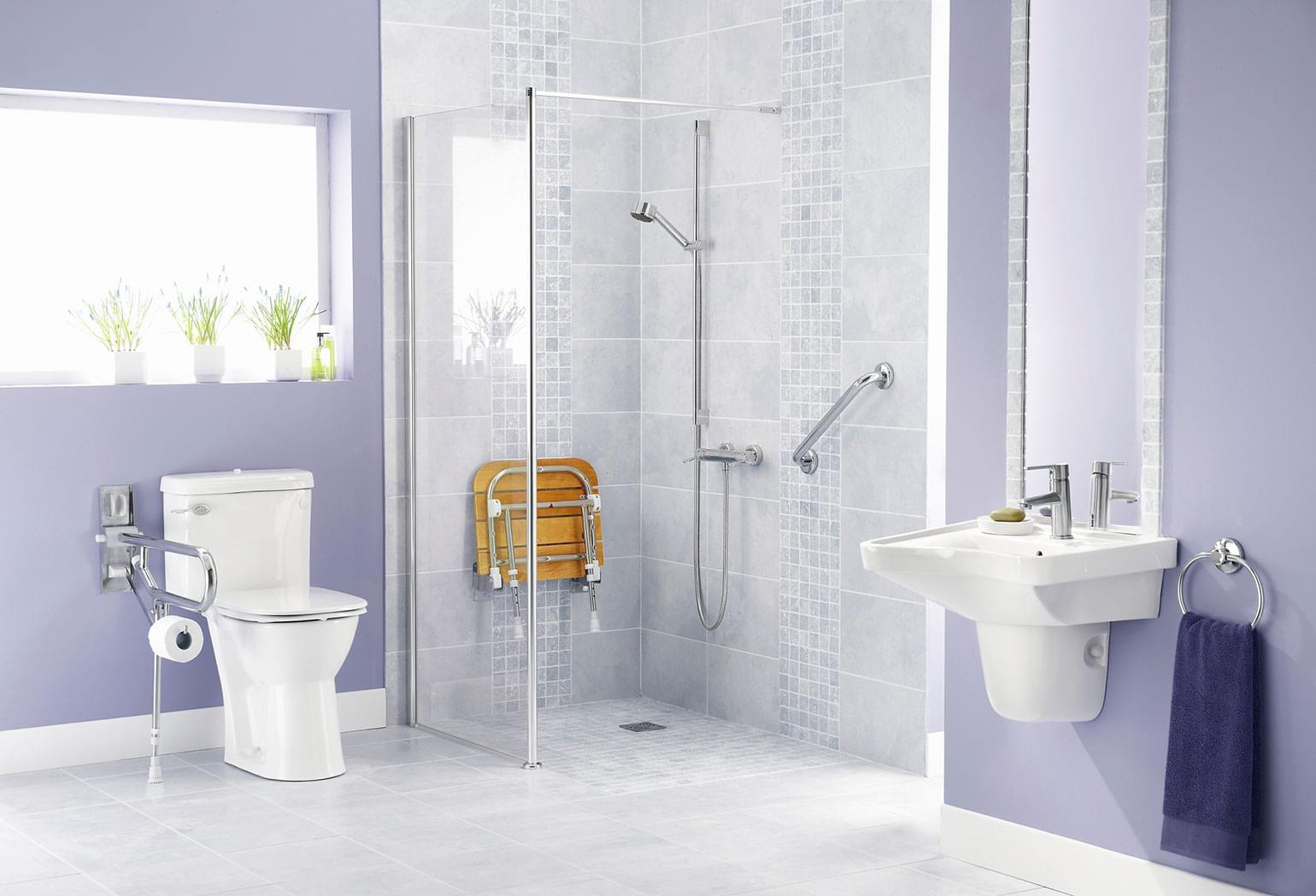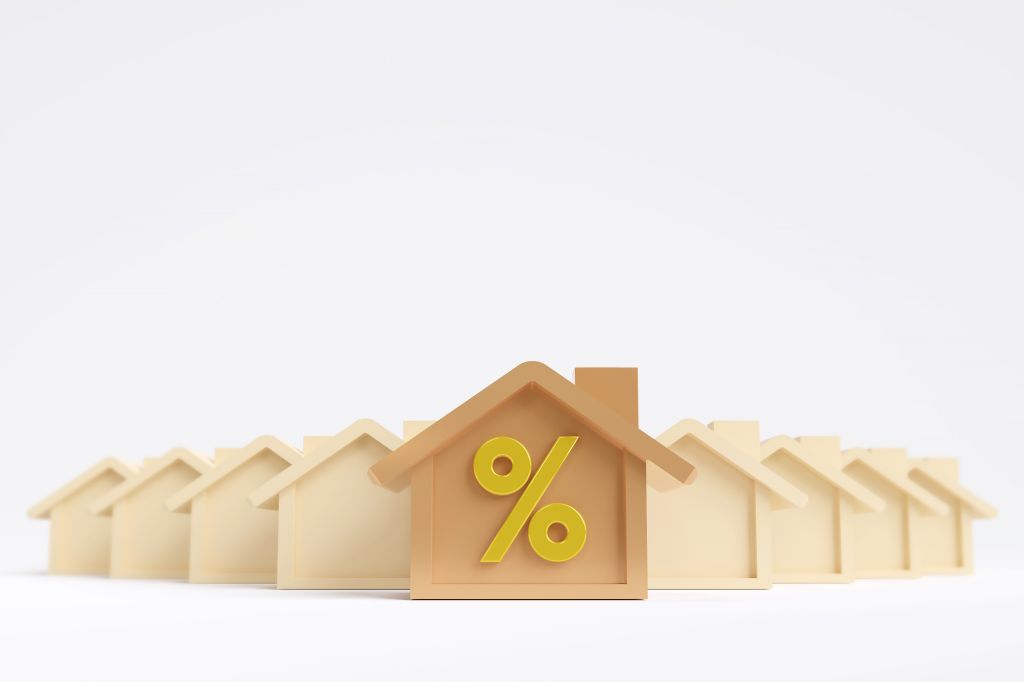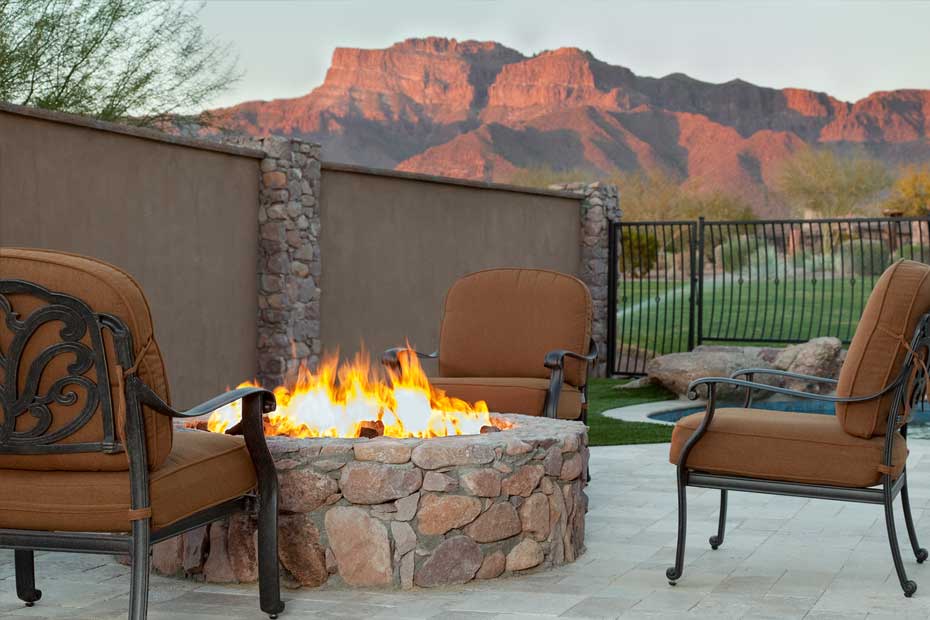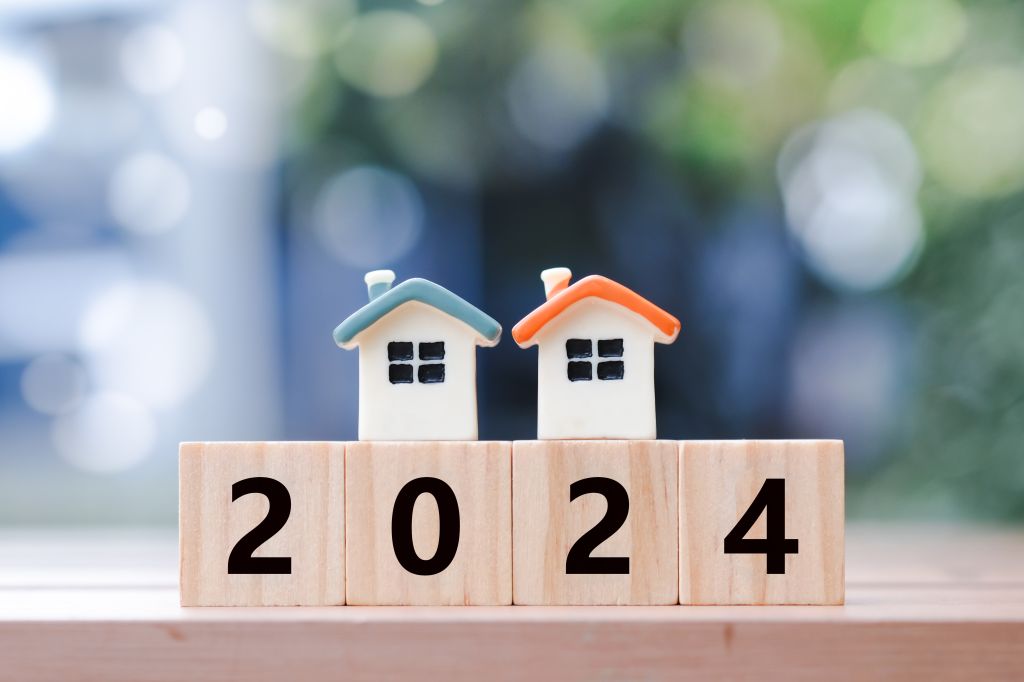Published January 5, 2018 • 4 Min Read
Rather than downsize when we get older, more and more people are staying in their homes and renovating to suit an active lifestyle. And the ability to stay in your home safely as you age doesn’t mean you have to remodel your home to look like an institution. By planning ahead, your home could be modified safely and stylishly, and possibly add to your home’s value.
Take time to research and hire renovators/contractors who use “universal design.” This means the design of products and environments to be usable by everyone to the greatest extent possible— also important when considering resale.
“While it is getting easier to age in place — people are moving from houses to condos so they can live on one level — we see an increased demand to renovate,” says Mark Senner, a certified Aging in Place Specialist with CareAge Home and Health Enterprises in Vancouver. Over the next 30 years, the number of seniors requiring assistance is expected to double. And if baby boomers (born between 1946 and 1964) choose to age in place, about 10 million existing homes will need to be modified or renovated.
“We are trained to identify physical barriers in the home and to be aware of people with hearing or sight impairments and general mobility issues,” says Senner. “Acoustics and lighting are more important as you age, and home automation is the new big thing.”
The Greater Toronto Area has also experienced a boom in Aging in Place renovations. “Staying in your home gives a sense of independence,” says David Borthwick, President, Accessible Solutions Inc (ASI). “And why pay rent at an assisted living facility when real estate is skyrocketing?” Some of Borthwick’s younger clients are thinking ahead 20 or so years. “While it’s important to understand functional abilities and limitations, we can still use common-sense and esthetically pleasing modifications to accommodate all age groups.”
Worried about cost? For about $30,000 you can either live in a retirement community for six months or modify your home with basic requirements and provide a functional environment. Renovating your home to remove barriers and stairs can set you back about $60,000, but that’s roughly what you’ll pay in realtor and moving costs.
Five Top Renovations for Aging in Place
One Level:
ASI’s top request from homeowners is eliminating stairs and barriers with one-story living. Thresholds that are flush with the floor are wheelchair-friendly, and prevent tripping. It can involve changing the dining room to the bedroom, adding an extension or building ramps.
Bathroom Spa:
Add grab bars and non-slip coatings to the bathtub. Or remove the tub and replace with a walk-in shower. Some plumbers and home renovators will cut the side wall of a tub so you can walk through and still utilize it as a shower.
Modify or replace the vanity with a roll-under—if you are in a wheelchair, you can get right up to the sink. Replace regular toilet with a comfort height toilet. The biggest issue is having enough space for a walker or wheelchair. ASI’s solution: take out a closet in an adjacent bedroom.

Wider Doorways and Hallways:
Doorways that are 32-36 inches wide let wheelchairs pass through. They also make it easy to move big things in and out of the house. Hallways should be 36-42 inches wide.
Home Automation:
Controls the environment, provides entertainment and provides safety through a variety of different sensors. You can facilitate taking care of health and safety. For example, it can detect a fall. Or say Mom leaves the stove on. Appliances and taps can be controlled—and turned off—remotely.
Knobs and Handles:
Door knobs can be hard to turn and standard switches awkward. Lever door handles and rocker light switches are great for people with poor hand strength, or when your arms are full of grocery bags.
Renovating to “age in place” and ensuring you age in the right place will mean planning ahead, but with your home modified safely and stylishly, you may also qualify for tax credits for senior-friendly home renovations while possibly adding to your home’s value.
This article is intended as general information only and is not to be relied upon as constituting legal, financial or other professional advice. A professional advisor should be consulted regarding your specific situation. Information presented is believed to be factual and up-to-date but we do not guarantee its accuracy and it should not be regarded as a complete analysis of the subjects discussed. All expressions of opinion reflect the judgment of the authors as of the date of publication and are subject to change. No endorsement of any third parties or their advice, opinions, information, products or services is expressly given or implied by Royal Bank of Canada or any of its affiliates.
Share This Article






